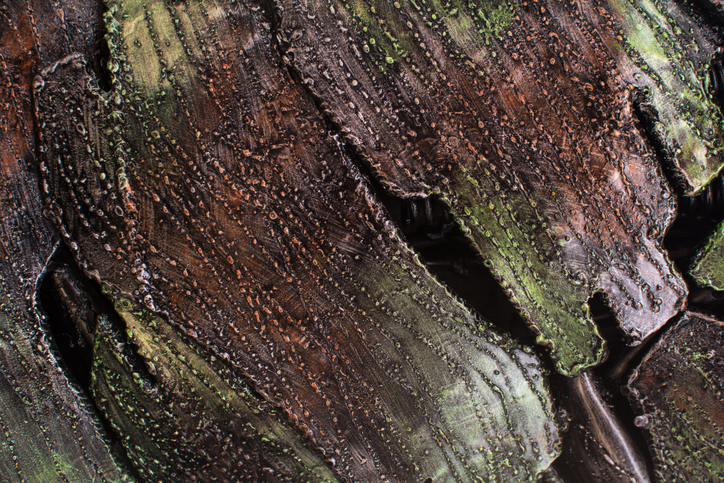Semiconductors, machine bearings, and utensils are all made from varying amounts of metal alloys. Yet these items also possess one common factor: antimony. Antimony is a semi-metal element that comes in both a powdered form as well as a hard and brittle metal. Possessing a silvery, blush white appearance, this element is highly desired when combined with certain alloys due to its amazing properties.
The Properties of Antimony
Antimony is brittle yet also hard and strong. It doesn’t conduct heat, making it suitable in applications that involve lots of friction that can produce high temperatures that can break down component parts. This alloy also doesn’t conduct electricity as it can be used within electrical environments and electronic components.
Other properties that antimony possess include its stable nature when exposed to dry environments as well as its resistance to alkalis and dilute acids. Besides semiconductors and machine bearings, antimony is also used in batteries, cable sheathing, fire-proofing materials, paints, and glass.
One thing to be aware of is that Antimony can be toxic when breathed in, when coming in contact with the skin, or when consumed. When exposed to high concentrations of antimony for long periods of time, a person can experience skin, lung and eye irritation. More serious exposure can cause severe vomiting, stomach ulcers, diarrhea, lung disease, or heart disease.
Using Antimony as an Alloying Agent
Antimony is alloyed with other metals to change their characteristics and mechanical properties. This element is often alloyed to lead and other metals to increase their strength and durability. Antimony can make brittle and soft metal alloys harder so they can be worked in a number of different processes.
When cast, alloys that contain antimony will expand when they solidify. So when used to cast jewelry, statues and components that may have sharp or intricate edges, the antimony will expand to fill all crevices.
Antimony When Alloyed with Tin Metals
Tin is a common metal that is combined with antimony to create a range of different metal products.
Britannia metals: When combined with a high percent of tin and a small percent of copper, antimony can create Britannia metals. Britannia metals were used to make utensils as well as a base metal for silver plating.
Babbitt metals: Babbitt metals will contain a small percentage of antimony along with tin, lead or copper. Babbitt metals are very strong and high temperature resistant. These metals are often use in processes that will experience heavy loads and high speeds where anti-friction alloys are desired.
Pewter: Many people believe pewter is a pure metal element. But, in fact, pewter is made with tin, antimony and copper. In the past, lead was added with tin but the lead would often leach out of the finished pewter product when exposed to acids, making it hazardous when made into utensils. Today, lead-free pewter made with antimony or bismuth is desired when made into dishes, decorative pieces and drinking vessels. Pewter can be cold-worked, cast or used in stamping presses.
Belmont Metals Providing Antimony and Other Alloyed Metals
The uses of antimony in today’s products and processes are numerous. Here at Belmont Metals, we provide antimony as well as metals that have been alloyed with antimony such as Babbitt metals and pewter. Whether you are looking to cast end products and need alloyed metals with antimony due to their expansion properties, or want antimony to make other alloys stronger, we have what you need for your manufacturing processes. Speak with us today to learn more about antimony, its many properties and its applications.

